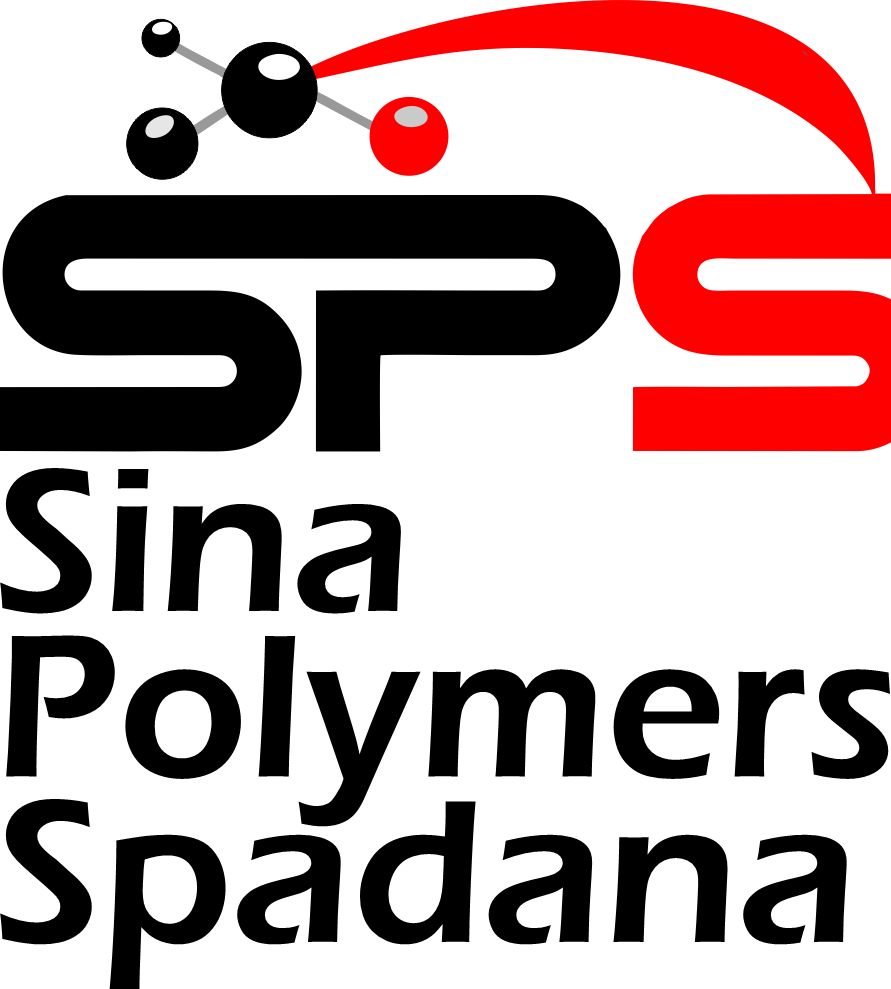The development of new plastic materials through alloying and blending is experiencing a period of tremendous growth.
The ability to tailor properties through a combination of materials to meet a unique set of specifications is a key force driving this growth.
Other factors influencing the rapid growls of these products include the high cost of developing new polymer systems;
shorter life cycles for end-use products and increased ability to get to market quickly.
The cost of developing new polymer technology has risen dramatically over the past decade.
Also end-use product innovation has led to more frequent product introductions, thereby shortening product life cycles.
Most polymer companies have turned to alloys and blends as a way to survive in a rapidly changing and dynamic environment.
While alloying and blending are happening throughout the thermoplastics arena, the largest growth and major emphasis is in the performance plastics segment.
These polymers are in a price-performance range that makes them ideal candidates for the continual replacement of such traditional materials as metal, glass, and wood.
Because the properties can be tailored for a specific application a set of properties can be developed to meet design goals.
This increased flexibility is contributing to the growth in this area.
Although the terms often are used interchangingly, alloys and blends differ both in their level of thermodynamic compatibility and the resulting effect on properties.
Some level of compatibility is needed between polymer components to prevent phase separation during processing.
Alloys are synergistic polymer combinations with real property advantages derived from a high-level of thermodynamic compatibility between components.
Alloys exhibit a strong intermolecular forces and form single phase systems with one glass transition temperature.
Polymer blends have less intense thermodynamic compatibility than alloys.
They exhibit discrete polymer phases and multiple glass transition temperatures.
Generally, the properties of a blend reflect the weighted arithmetic averages of the properties of its constituents.
The development of compatibilizer technology to join two or more incompatible polymers into a viable system has contributed to the recent growth of alloys.
The combining of one crystalline and one amorphous polymer is a common technique to get the attributes of both polymer families.
Crystalline polymers such as nylon, acetal, PBT and PET contribute chemical resistance, rapid flow in processing and stiffness while amorphous polymers such as ABS, PC and polysulfone, provide impact strength and elongation.
Amorphous polymers typically are used to impact modify crystalline polymers in blends and alloys.
Processing.
Alloys and blends can be melt processed by all the traditional thermoplastics methods; including injection moulding, extrusion and blow moulding. The specific conditions needed will vary, depending on the makeup of the particular alloy or blend.
Similarly, these products are amenable to the many common secondary operations used for joining, coating, and decorating plastics.
Ultrasonic welding, solvent binding, vacuum metalizing, plating, painting, hot stamping, and printing are all commonly used techniques.
These secondary operations sometimes have limits again depending on the makeup of a particular alloy or blend.
Many thermoplastics are hygroscopic and need drying before processing to avoid surface defects, molecular degradation and loss of impact resistance or toughness.
